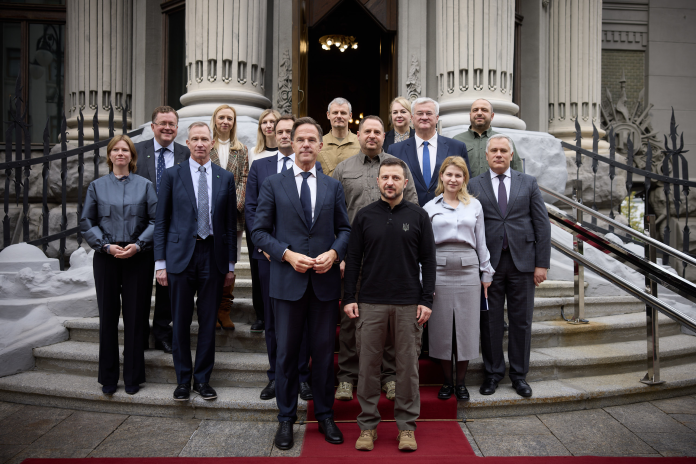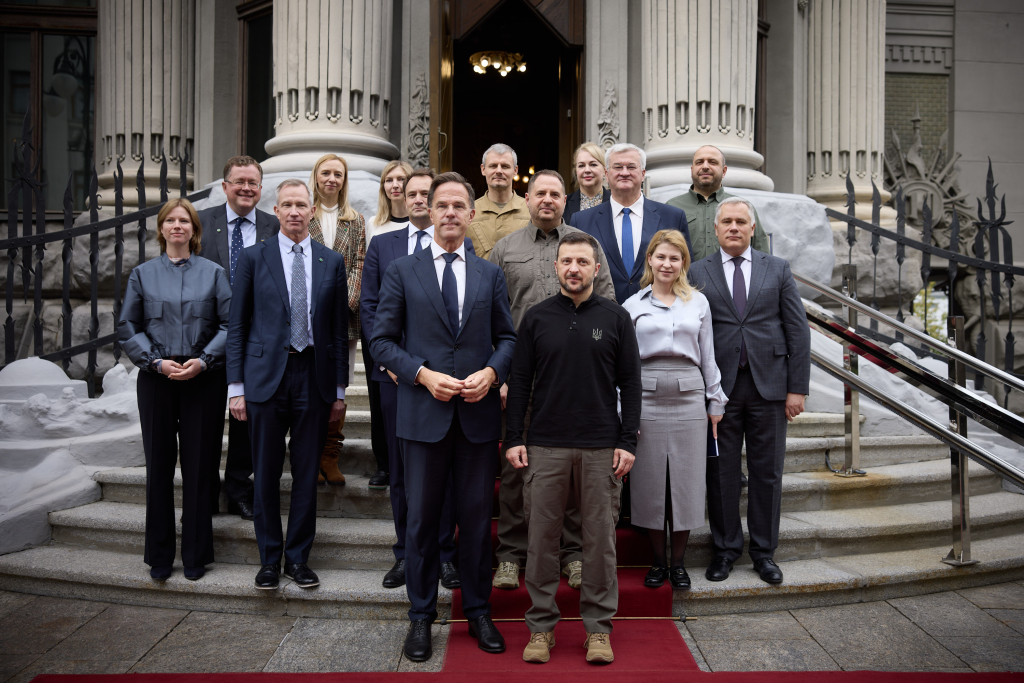
The recent Russian airspace violations have done more than rattle NATO’s eastern members they have exposed a growing disconnect between the alliance’s political rhetoric and technical readiness to counter both traditional and emerging aerial threats. From missile‑armed MiG‑29s over Estonia to swarms of low‑end drones over Poland, the events have led NATO to struggle with the economic and operational inefficiencies of combating with multi‑million‑dollar fighter jets against equipment that costs as little as $10,000.
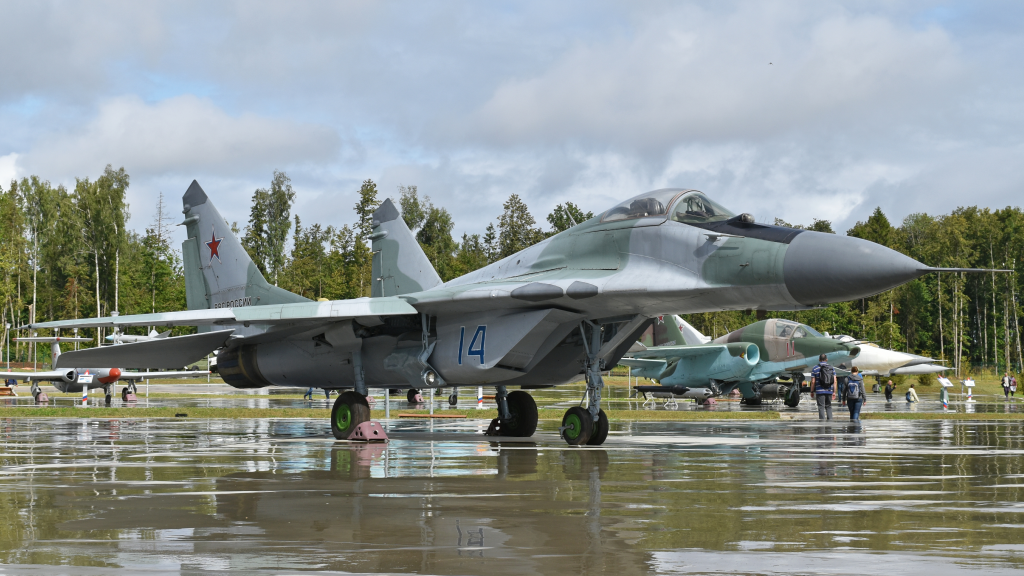
1. Political Tension About Article 4
Estonia’s invocation of Article 4 after the MiG‑29 incursion provoked an acerbic exchange between Prime Minister Kristen Michal and Secretary General Mark Rutte. Rutte warned that “if Article 4 were called upon whenever Russia violated sovereignty it would quickly become obsolete.” The article has been called upon only nine times since 1949, but both Poland and Estonia called it into action in recent weeks, and fears have grown that routine consultation without strong action undermines deterrence erosion.
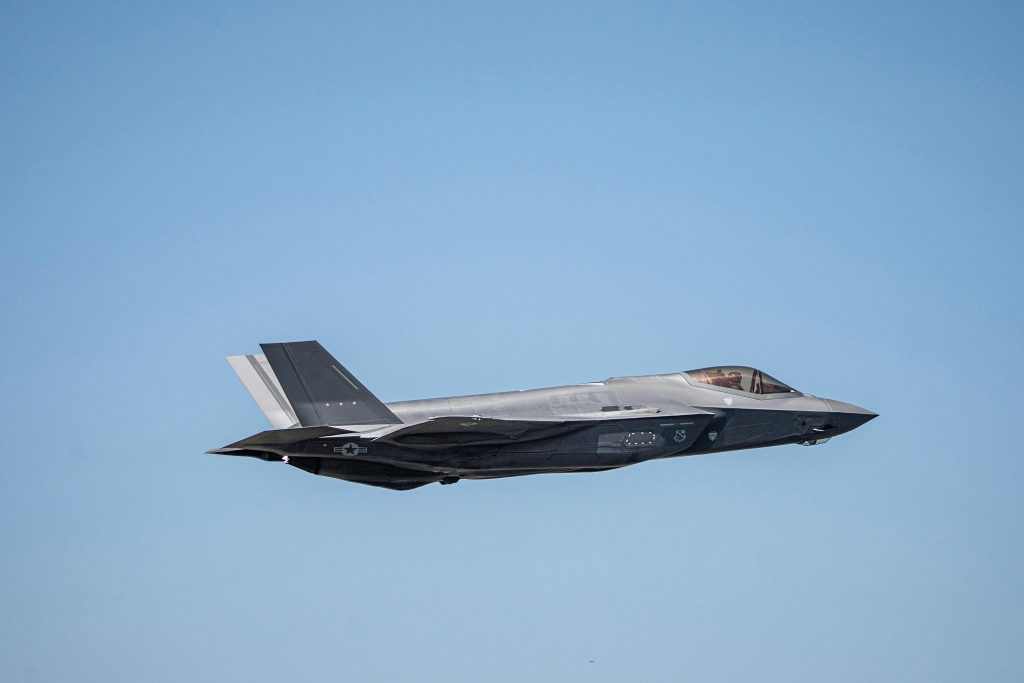
2. Russian Probe Strategies
The September 10 Polish incident involved 19 unarmed Russian Gerbera drones that intruded into NATO airspace for seven hours. Defense experts claim the employment of similar drone types points towards a deliberate probe rather than miscalculation. The Gerbera’s cheapness, costing around $10,000 a unit, allowed Moscow to coerce NATO into sending Dutch F‑35s armed with AIM‑9X and AIM‑120C‑7 missiles for $500,000 to $1 million a piece, creating a 50‑to‑1 cost imbalance while mapping NATO’s air defense strategy.

3. Operation Eastern Sentry’s Role
Rolled out only two days after the Polish breach, Operation Eastern Sentry is aimed at synchronizing air, ground, and naval defenses across NATO’s eastern flank. Eight nations have committed resources, from French Rafales in Poland to German Eurofighters and Danish maritime deployments. But critics maintain that the emphasis remains on high-end fighters rather than adaptive counter-drone capability, so the operation is more a short-term display of force than an effective solution.

4. The Cost-Effectiveness Challenge
As European Council on Foreign Relations’ Ulrike Franke put it, “What are we going to do, send F‑16s and F‑35s every time? It’s not sustainable.” Ukraine’s experience illustrates the point: it knocks down 80–90 percent of the drones attacking it with a mixture of electronic warfare, mobile fire teams, and low-cost interceptors, reserving expensive systems like Patriot for high-value targets. NATO’s current strategy risks burning through assets in a protracted standoff.

5. Sensor Coverage Gaps
Lithuanian Member of Parliament Giedrimas Jeglinskas warned against “dead space” in the NATO detection net, particularly below an altitude of one kilometer. Effective defense against low‑flying drones must be tackled by short‑ and medium‑range radar in a layereds structure. This is reminiscent of Israel’s Iron Dome concept, combining radar cueing with kinetic interceptors and electronic disruption to counter saturation attacks.
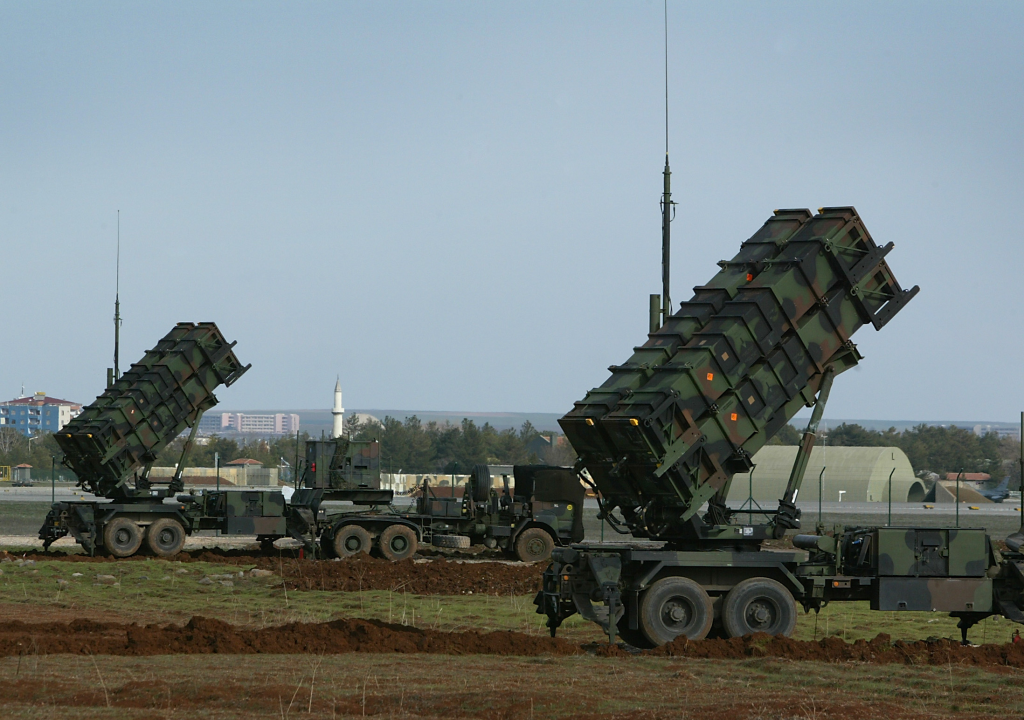
6. Evolution of Integrated Air and Missile Defense
The partnership’s Integrated Air and Missile Defense System (IAMD) is being constructed up from Baltic Air Policing to include ground-based capabilities like the Dutch Patriot and German IRIS-T. A Rotational Air Defense Model would cycle such capabilities around among the Baltic states, closing medium- and long-range gaps. However these assets are still optimized against conventional aircraft and missiles, not the small, slow, and in-numeros drones now testing NATO’s perimeter.

7. Emerging Counter-Drone Technologies
NATO’s Technical Interoperability Exercise for Counter Unmanned Aircraft Systems has experimented with “high‑tech commercial countermeasures to detect, identify, and shut down drones.” These include Sweden’s Nimbrix low‑cost missile, French anti‑drone lasers, and Latvia’s acoustic sensor arrays. Gen. Ingo Gerhartz noted the urgency: “It must be deployed in months, in a multi‑domain manner.” Top priority is low‑cost sensors and effectors deployable at scale.
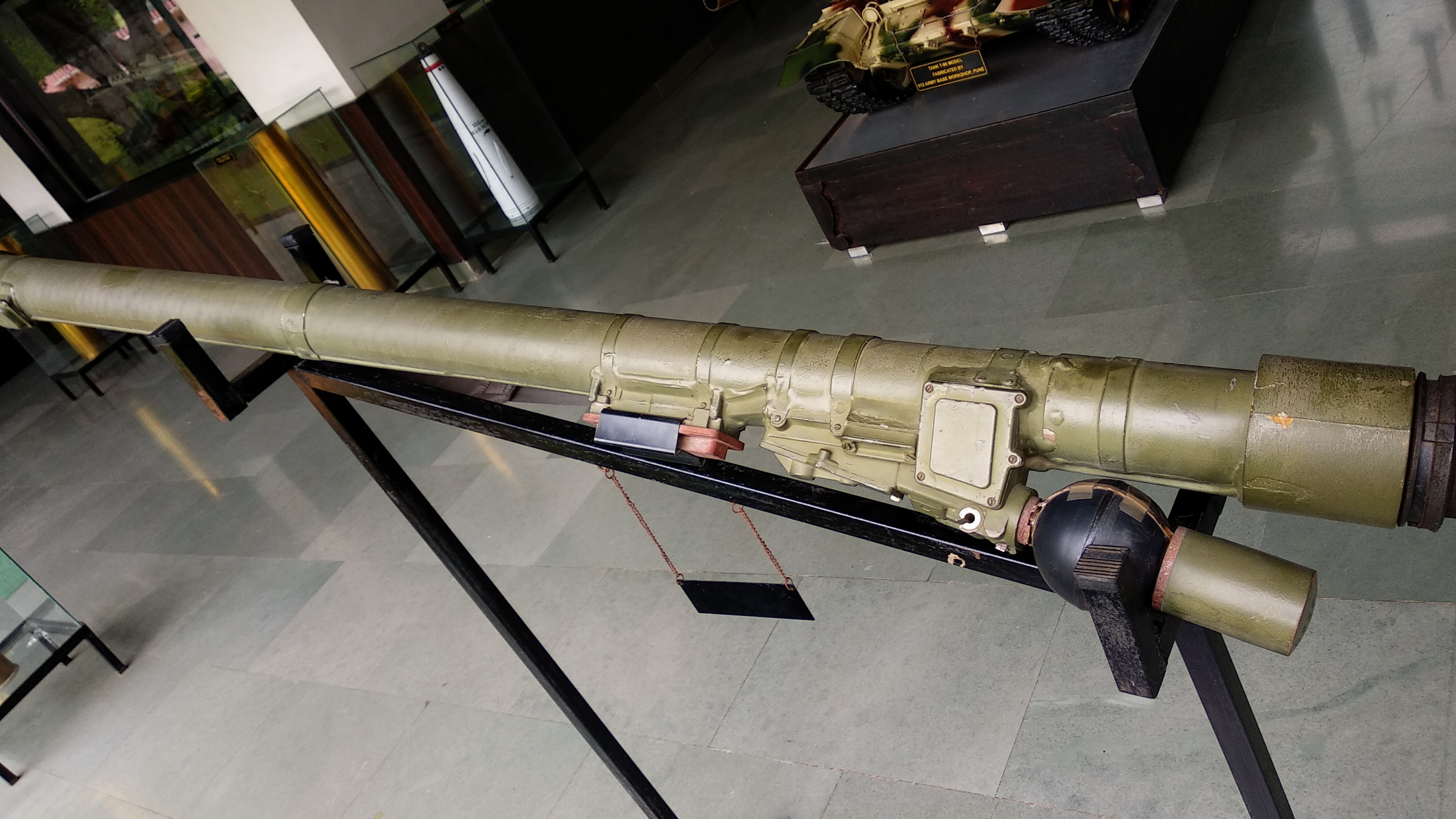
8. Ukraine’s Layered Defense: Lessons
Ukraine’s defense system electronic jamming, man-portable air-defense systems, interceptor drones, and long-range missile batteries is a battle-proven design NATO can borrow from. Experts argue that deploying additional Patriot batteries to Ukraine, say 12–21 more from the circa 100 that NATO has in its arsenal, would keep spillover threats to alliance space to a minimum while providing NATO forces with hands-on experience against Russian strike packages.

9. Strategic Risks and Alliance Cohesion
The military conversation is inseparable from the political. Without U.S. participation, any Article 5 military response initiated by the president would not have overwhelming influence, a vulnerability Moscow would seek to lever. “With this U.S. administration, we can’t rely on anything. But we have to pretend that we could,” in the words of one senior German official. This uncertainty makes the requirement for independent European capabilities all the more imperative, in terms of both demonstration of deterrence and cost-effective air defense realization.
NATO has now to face a twofold imperative: calibrate its combined defenses in order to meet low‑cost, high‑volume threats without running out of resources, and align political will with the technical wherewithal to follow through. The next infraction may not be a probe and the alliance’s credibility will rest on whether it can do better than write editorials.
